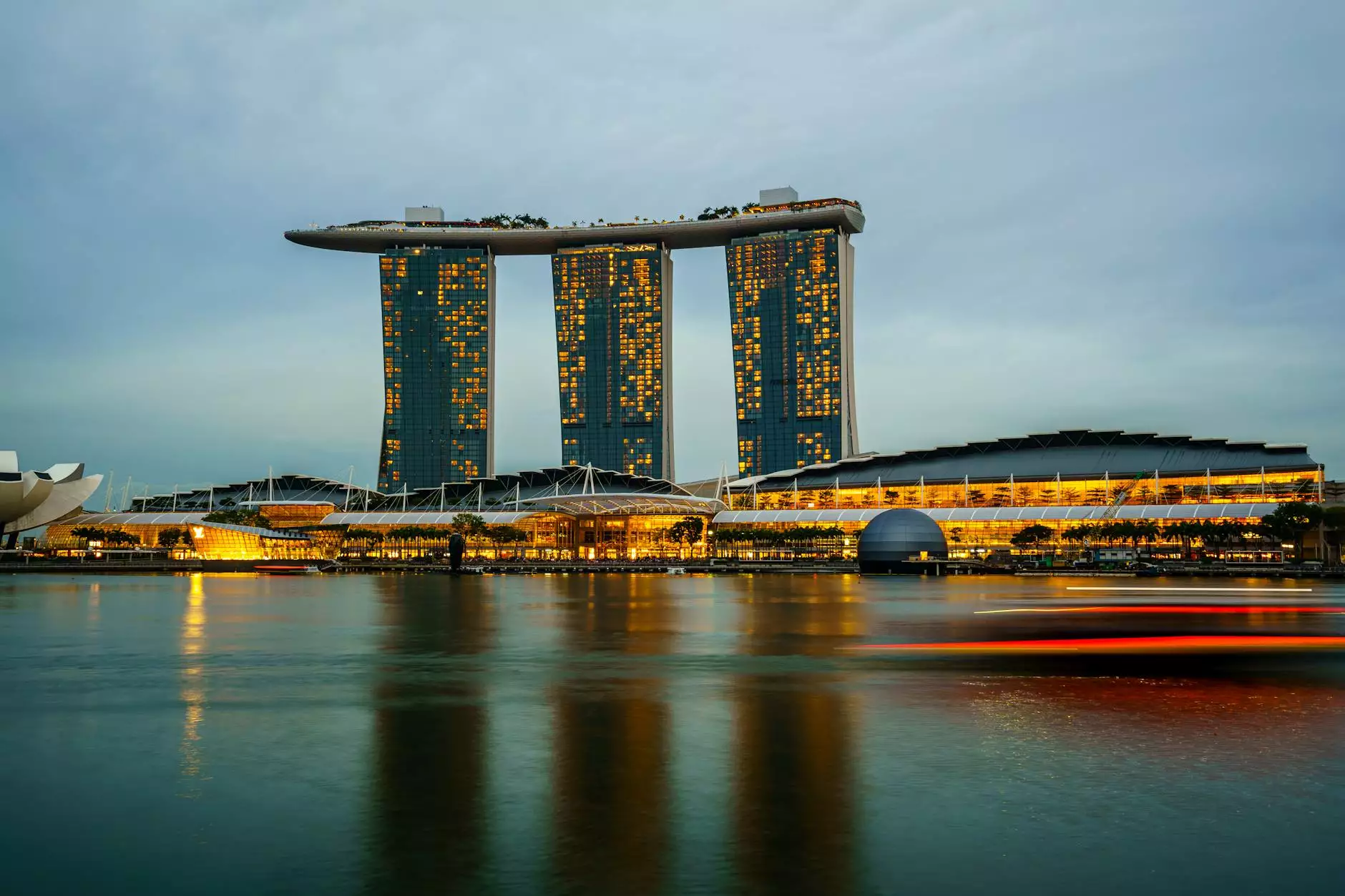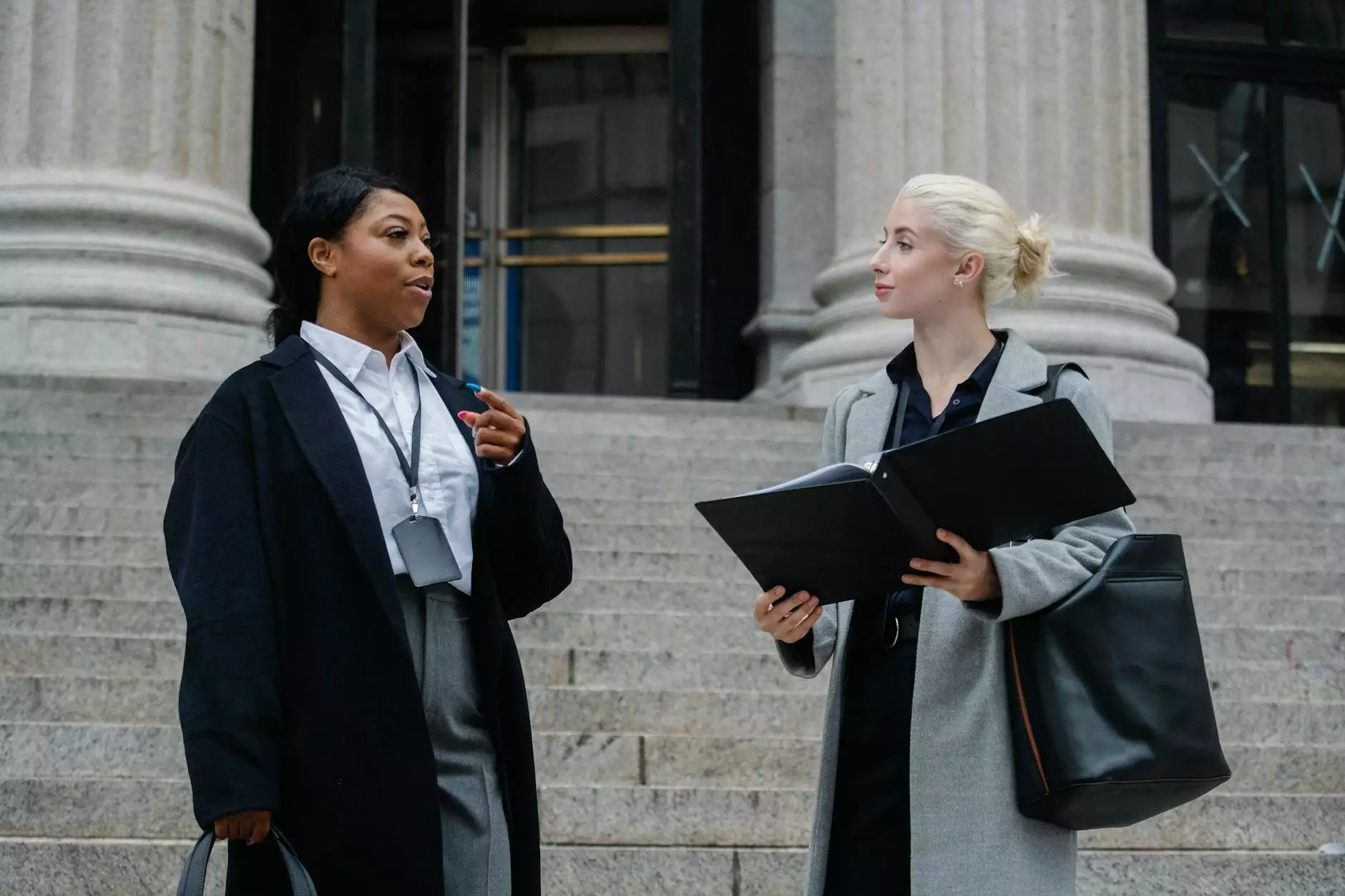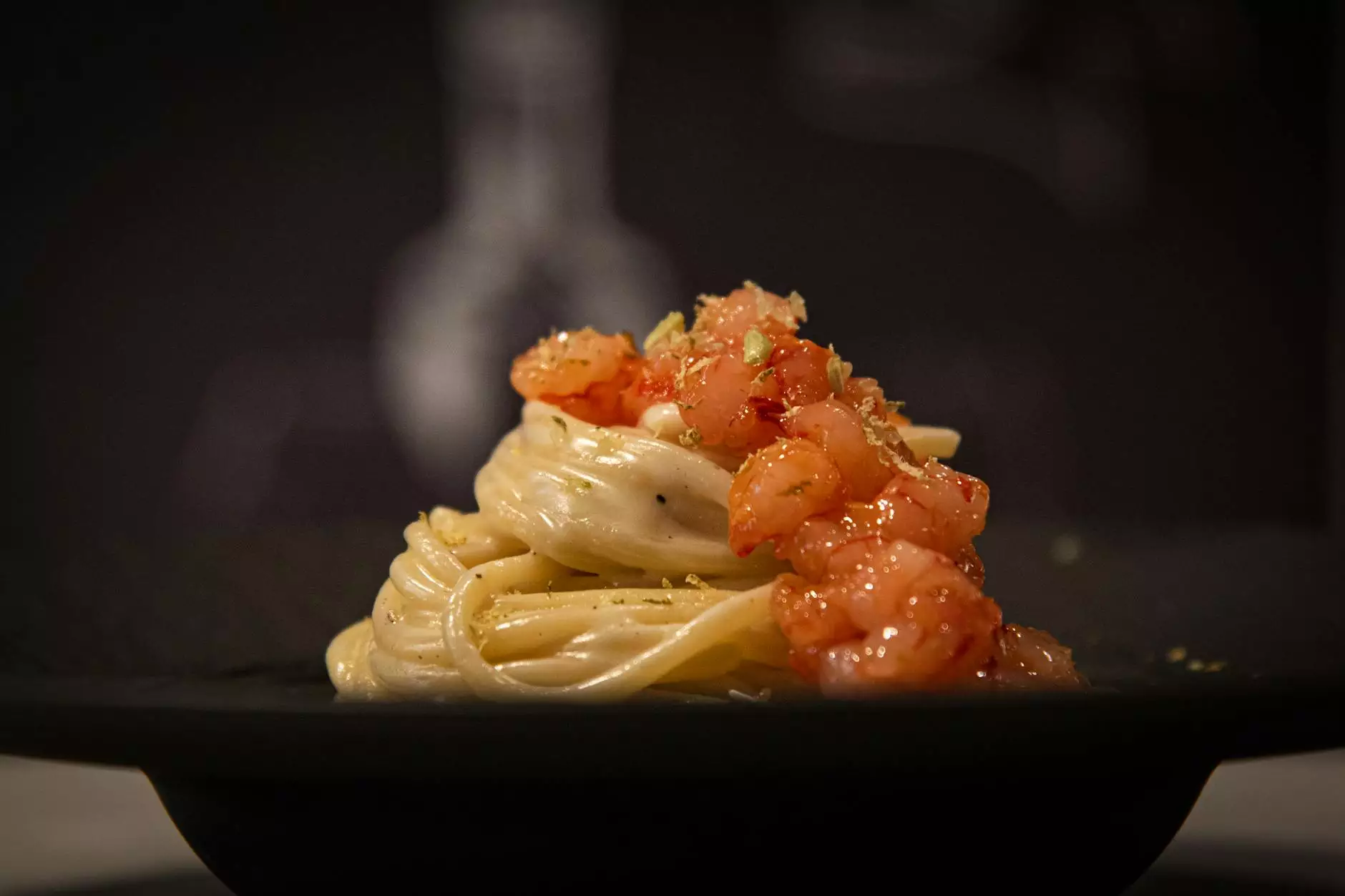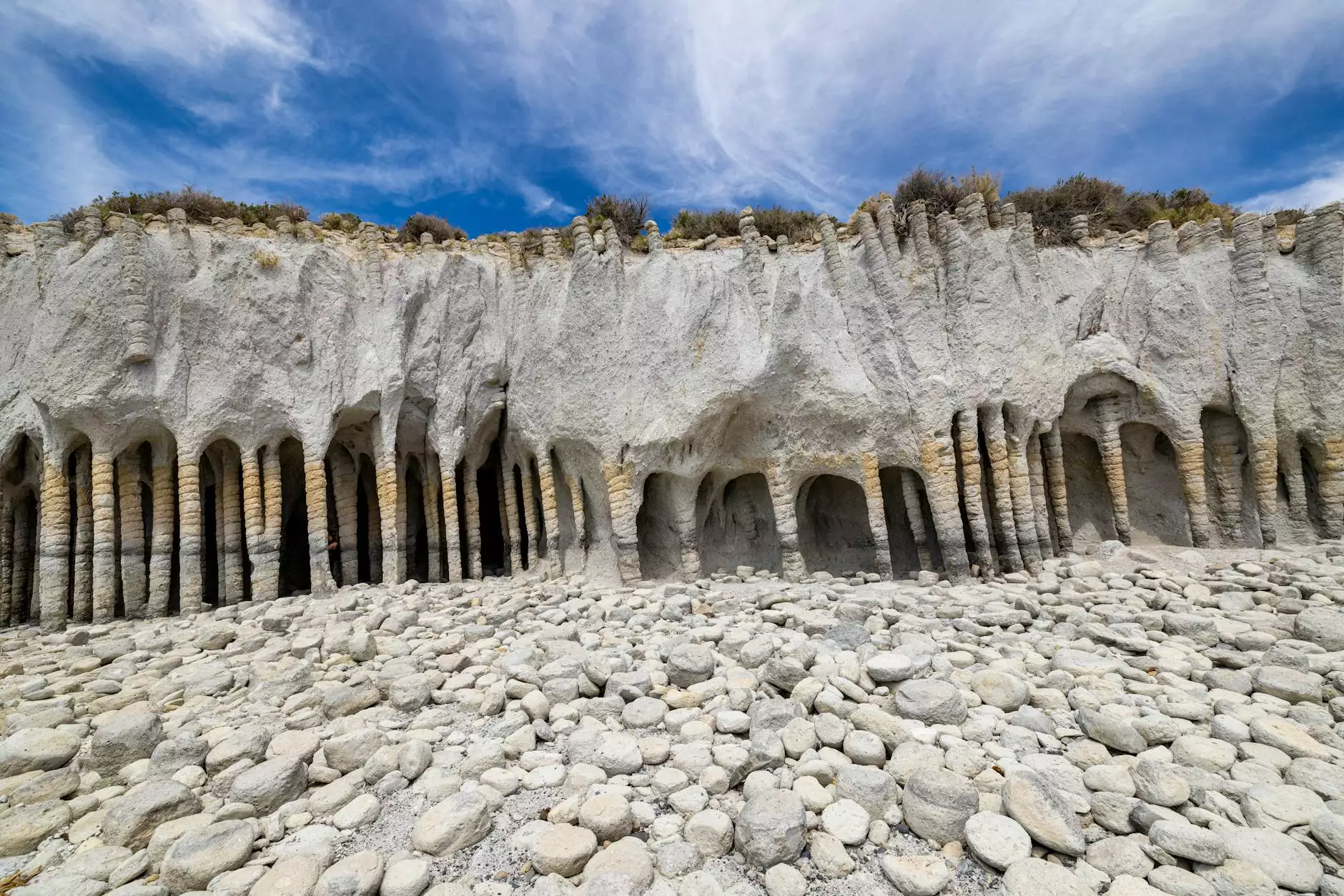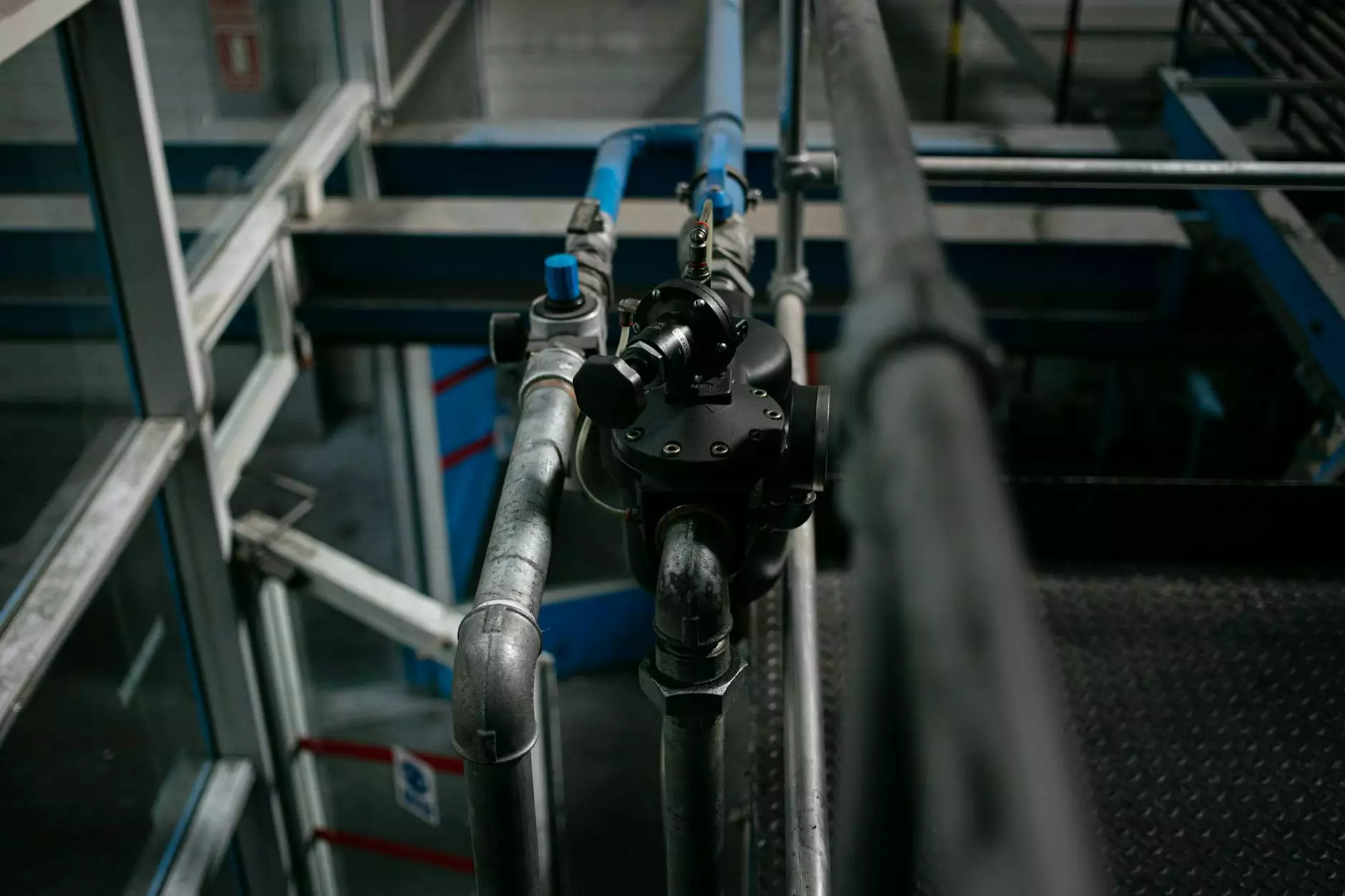The Rich History of Fes, Morocco
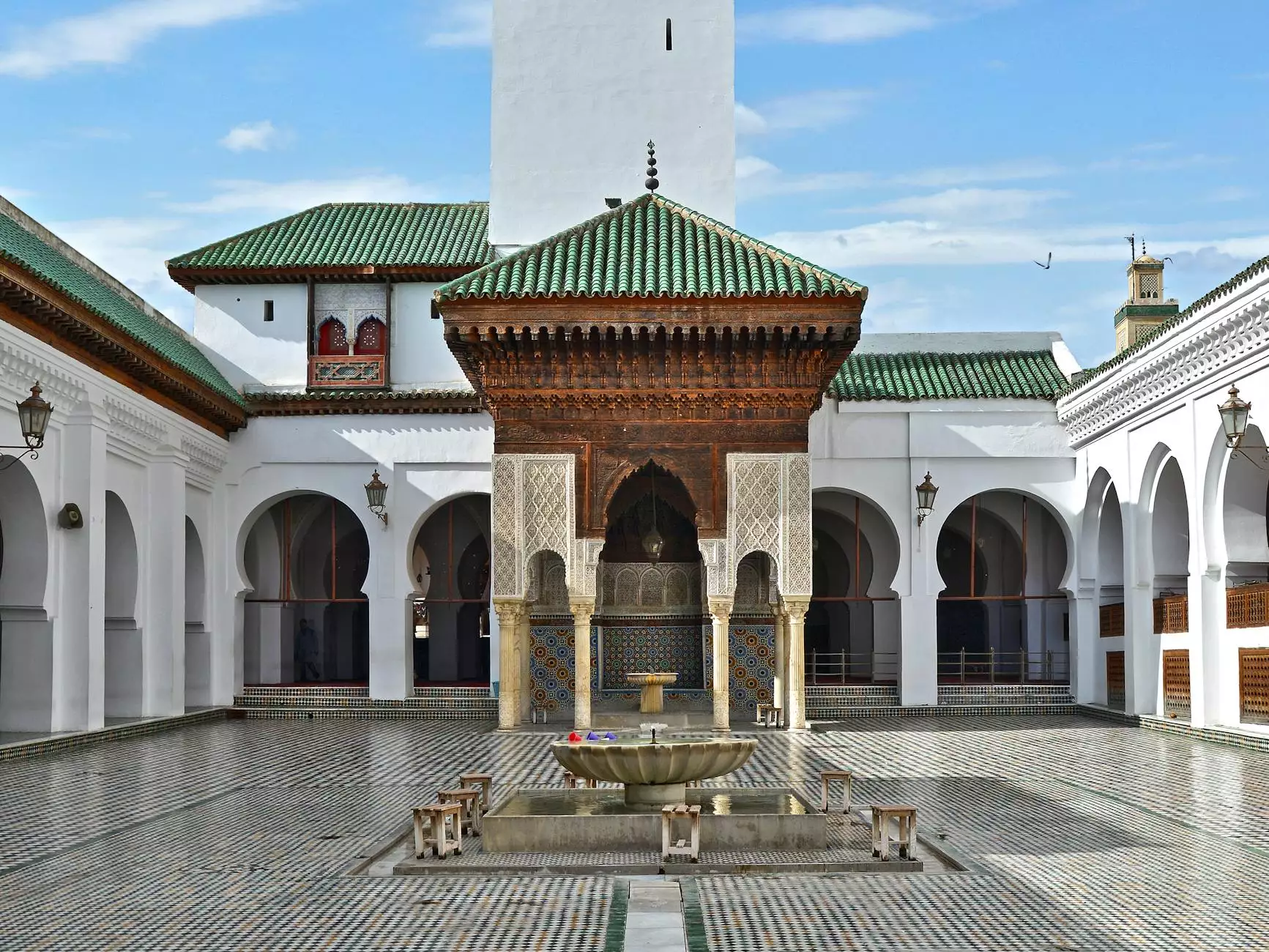
Fes, Morocco, is not merely a city; it is a tapestry of culture, history, and tradition intricately woven over centuries. As one of the largest and oldest cities in Morocco, Fes stands as a testament to the country's profound legacy, filled with stories waiting to be uncovered.
The Founding of Fes: A Glimpse into the Past
The history of Fes can be traced back to the 8th century when the city was founded in 789 AD by Idris I, the founder of the Idrisid dynasty. Seeking to establish a center for Islamic scholarship and a marketplace for trade, he chose this fertile region along the bank of the Fes River. The initial settlement was soon followed by the establishment of a second city, Fes el-Jdid, in the 13th century, creating an economic and cultural hub that thrived under the rule of successive dynasties.
Cultural Melting Pot: The Role of Fes in Trade and Education
Throughout its history, Fes served as a critical junction for trade routes connecting Europe, Africa, and the Middle East. It facilitated the exchange of goods, ideas, and cultures, making it a melting pot of various influences.
- Education: Fes is home to one of the world's oldest universities, the University of Al Quaraouiyine, founded in 859 AD. It remains a vital center for Islamic scholarship and attracts students and scholars from around the globe.
- Cultural Exchange: The city became renowned for its artisans, boasting skilled craftsmen in leatherwork, pottery, weaving, and metalwork. The artisans contributed significantly to the local economy and the cultural landscape of Morocco.
The Architectural Marvels of Fes
The architecture of Fes is a beautiful illustration of Islamic design, filled with intricately crafted details and vibrant tile work. The medina of Fes, a UNESCO World Heritage site, showcases a remarkable collection of historical structures, including:
- The Bou Inania Madrasa: Built in the 14th century, this theological college features intricate plasterwork and wooden carvings, epitomizing the beauty of Merinid architecture.
- The Al-Attarine Madrasa: Another gem of Fes, this madrasa is known for its stunning tiles and handcrafted cedar ceilings, demonstrating the peak of artistic achievement in Moroccan architecture.
- The Karaouine Mosque: Founded alongside the university, it is one of the largest mosques in North Africa and showcases monumental Islamic architecture with its vast courtyard and elegant prayer hall.
Religious Significance of Fes
Fes has long been a religious center for Muslims. The city is known for its festivals, events, and schools that perpetuate Islamic teachings and traditions. Such significance is encapsulated in annual gatherings like the Mawazine Festival, which celebrates music, culture, and the teachings of Islam, welcoming thousands of visitors each year.
The Evolution of Fes: From the Medieval Era to Modern Times
From its medieval zenith to its adaptation in the modern world, Fes has demonstrated resilience and adaptability. During the French Protectorate in the early 20th century, Fes underwent significant social and architectural changes, leading to the development of new urban layouts that coexist with the historical medina.
Indentation of the French Influence
The French influence introduced modern amenities while respecting the historical framework. Although it brought changes that some residents may view as intrusive, it also led to:
- Infrastructure Development: Expansion of roads, introduction of rail links, and public parks.
- Artistic Fusion: New art movements began to blend French styles with traditional Moroccan design.
Today’s Fes: A City of Heritage and Innovation
In contemporary times, Fes stands as a beacon of heritage. Despite its rich history, the city has embraced innovation:
- Culinary Tourism: Fes is celebrated for its gastronomy, offering cooking classes that teach traditional Moroccan dishes, drawing visitors to experience its flavors and culinary secrets.
- Artisanal Products: The medina bustles with local artisans producing ceramics, textiles, and leather goods, preserving age-old crafts while catering to modern tastes.
Visiting Fes: A Practical Guide
For those interested in exploring the history of Fes, Morocco, there are essential tips to enhance your journey:
Best Time to Visit
The ideal period to visit Fes is during spring (March to May) and autumn (September to November) when temperatures are moderate, making exploration pleasant.
Must-See Attractions
When visiting Fes, don’t miss:
- The mesmerizing Chouara Tannery, where traditional leather tanning methods are still practiced.
- The bustling Souks, where you can find everything from spices to handcrafted souvenirs.
- The iconic Bab Boujloud, the city gate showcasing stunning blue and green tiles.
Cultural Etiquette
Understanding local customs is vital for a respectful visit:
- Dress Modestly: Especially when visiting religious sites.
- Learning Simple Arabic Phrases: A friendly gesture appreciated by locals.
Conclusion: The Timeless Allure of Fes
In conclusion, the history of Fes, Morocco, is more than just dates and events; it embodies the spirit of a city that has thrived through the confluence of cultures, traditions, and innovation. Whether you are exploring its ancient streets, savoring its culinary delights, or engaging with its artisans, Fes offers a profound journey into the heart of Moroccan history and culture. For those looking to understand the true essence of Morocco, a visit to Fes is undeniable. Experience the past, enjoy the present, and be a part of Fes's continuous story.
Explore more about the fascinating culture and heritage of Morocco at moroccoclassictours.com.
history of fes morocco

